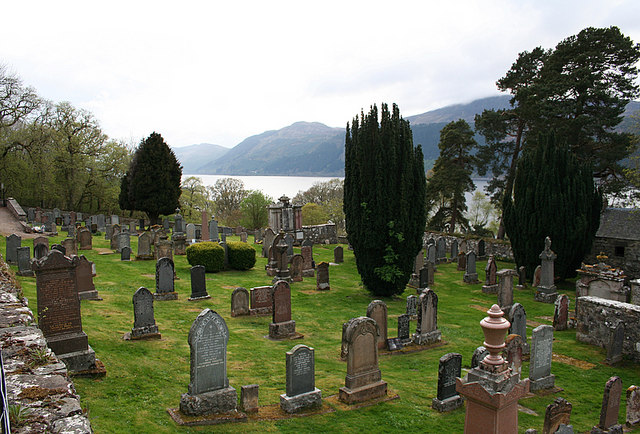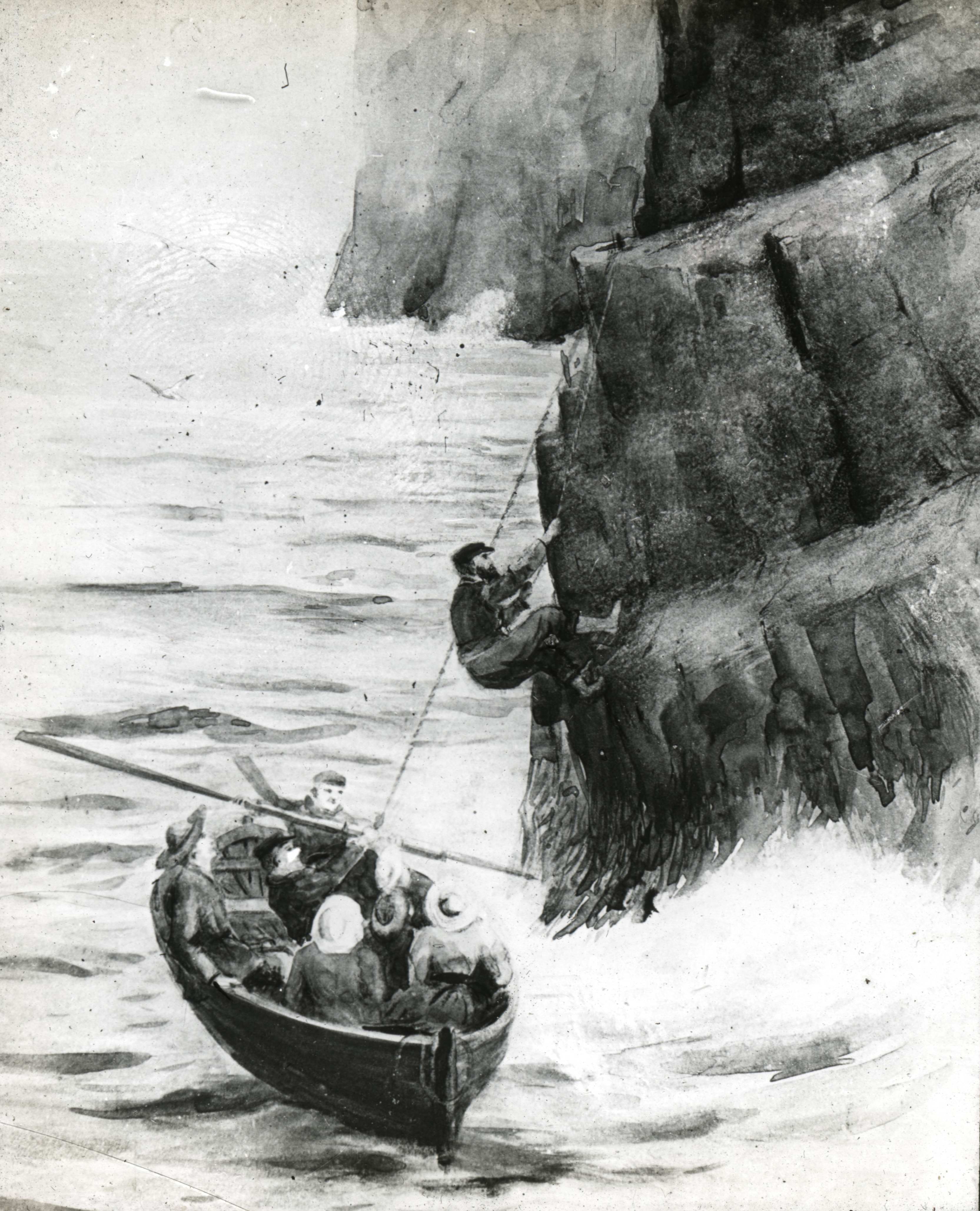|
1899 In Scotland
Events from the year 1899 in Scotland. Incumbents * Secretary for Scotland and Keeper of the Great Seal – Lord Balfour of Burleigh Law officers * Lord Advocate – Andrew Murray * Solicitor General for Scotland – Charles Dickson Judiciary * Lord President of the Court of Session and Lord Justice General – Lord Robertson to 21 November; then Lord Blair Balfour * Lord Justice Clerk – Lord Kingsburgh Events * March – supposed last duel in Scotland, fought with swords in the University of Glasgow over the appointment of a Rector, perhaps a student hoax. * 13 March – Japanese battleship ''Asahi'' launched by John Brown & Company, Clydebank. * 16 June – Penicuik House gutted by fire. * July – Norman Heathcote climbs the St Kilda sea stack Stac Lee with his sister Evelyn. * November – English occultist Aleister Crowley purchases Boleskine House near Foyers on the shore of Loch Ness from the Fraser family, occupying it until 1913. * 7 Dec ... [...More Info...] [...Related Items...] OR: [Wikipedia] [Google] [Baidu] |
Scotland
Scotland (, ) is a country that is part of the United Kingdom. Covering the northern third of the island of Great Britain, mainland Scotland has a border with England to the southeast and is otherwise surrounded by the Atlantic Ocean to the north and west, the North Sea to the northeast and east, and the Irish Sea to the south. It also contains more than 790 islands, principally in the archipelagos of the Hebrides and the Northern Isles. Most of the population, including the capital Edinburgh, is concentrated in the Central Belt—the plain between the Scottish Highlands and the Southern Uplands—in the Scottish Lowlands. Scotland is divided into 32 administrative subdivisions or local authorities, known as council areas. Glasgow City is the largest council area in terms of population, with Highland being the largest in terms of area. Limited self-governing power, covering matters such as education, social services and roads and transportation, is devolved from the Scott ... [...More Info...] [...Related Items...] OR: [Wikipedia] [Google] [Baidu] |
The Scotsman
''The Scotsman'' is a Scottish compact newspaper and daily news website headquartered in Edinburgh. First established as a radical political paper in 1817, it began daily publication in 1855 and remained a broadsheet until August 2004. Its parent company, JPIMedia, also publishes the ''Edinburgh Evening News''. It had an audited print circulation of 16,349 for July to December 2018. Its website, Scotsman.com, had an average of 138,000 unique visitors a day as of 2017. The title celebrated its bicentenary on 25 January 2017. History ''The Scotsman'' was launched in 1817 as a liberal weekly newspaper by lawyer William Ritchie and customs official Charles Maclaren in response to the "unblushing subservience" of competing newspapers to the Edinburgh establishment. The paper was pledged to "impartiality, firmness and independence". After the abolition of newspaper stamp tax in Scotland in 1855, ''The Scotsman'' was relaunched as a daily newspaper priced at 1d and a circul ... [...More Info...] [...Related Items...] OR: [Wikipedia] [Google] [Baidu] |
Boleskine House
The Boleskine House ( gd, Taigh Both Fhleisginn) is a manor on the south-east side of Loch Ness in the Scottish Highlands. It is notable for having been the home of author and occultist Aleister Crowley, and Led Zeppelin guitarist and producer Jimmy Page. It suffered significant fire damage in December 2015 and again in July 2019. The house is now being restored and construction work has started as of December 2019. The Boleskine House Foundation SCIO took over ownership of one part of the estate in 2019 in order to manage restoration efforts on the house. Background Boleskine House is south of Inverness, on the opposite side of Loch Ness from the Meall Fuar-mhonaidh, and halfway between the villages of Foyers and Inverfarigaig. The area has a history of strange happenings long before Aleister Crowley moved in. The parish of Boleskine was formed in the 13th Century. A Kirk and graveyard were built in the parish around this time. A succession of Ministers ran Boleskine Pa ... [...More Info...] [...Related Items...] OR: [Wikipedia] [Google] [Baidu] |
Aleister Crowley
Aleister Crowley (; born Edward Alexander Crowley; 12 October 1875 – 1 December 1947) was an English occultist, ceremonial magician, poet, painter, novelist, and mountaineer. He founded the religion of Thelema, identifying himself as the prophet entrusted with guiding humanity into the Æon of Horus in the early 20th century. A prolific writer, he published widely over the course of his life. Born to a wealthy family in Royal Leamington Spa, Warwickshire, Crowley rejected his parents' fundamentalist Christian Plymouth Brethren faith to pursue an interest in Western esotericism. He was educated at Trinity College at the University of Cambridge, where he focused his attentions on mountaineering and poetry, resulting in several publications. Some biographers allege that here he was recruited into a British intelligence agency, further suggesting that he remained a spy throughout his life. In 1898, he joined the esoteric Hermetic Order of the Golden Dawn, where he was trained i ... [...More Info...] [...Related Items...] OR: [Wikipedia] [Google] [Baidu] |
Occultist
The occult, in the broadest sense, is a category of esoteric supernatural beliefs and practices which generally fall outside the scope of religion and science, encompassing phenomena involving otherworldly agency, such as magic and mysticism and their varied spells. It can also refer to supernatural ideas like extra-sensory perception and parapsychology. The term ''occult sciences'' was used in 16th-century Europe to refer to astrology, alchemy, and natural magic. The term ''occultism'' emerged in 19th-century France, amongst figures such as Antoine Court de Gébelin. It came to be associated with various French esoteric groups connected to Éliphas Lévi and Papus, and in 1875 was introduced into the English language by the esotericist Helena Blavatsky. Throughout the 20th century, the term was used idiosyncratically by a range of different authors, but by the 21st century was commonly employed – including by academic scholars of esotericism – to refer to a range of es ... [...More Info...] [...Related Items...] OR: [Wikipedia] [Google] [Baidu] |
Sea Stack
A stack or sea stack is a geological landform consisting of a steep and often vertical column or columns of rock in the sea near a coast, formed by wave erosion. Stacks are formed over time by wind and water, processes of coastal geomorphology. britannica.com They are formed when part of a is by , which is the force of the sea or water crashing against the rock. The force of the water weakens cracks in the headland, causi ... [...More Info...] [...Related Items...] OR: [Wikipedia] [Google] [Baidu] |
St Kilda, Scotland
St Kilda ( gd, Hiort) is an isolated archipelago situated west-northwest of North Uist in the North Atlantic Ocean. It contains the westernmost islands of the Outer Hebrides of Scotland. The largest island is Hirta, whose sea cliffs are the highest in the United Kingdom; three other islands ( Dùn, Soay and Boreray) were also used for grazing and seabird hunting. The islands are administratively a part of the Comhairle nan Eilean Siar local authority area. The origin of the name ''St Kilda'' is a matter of conjecture. The islands' human heritage includes numerous unique architectural features from the historic and prehistoric periods, although the earliest written records of island life date from the Late Middle Ages. The medieval village on Hirta was rebuilt in the 19th century, but illnesses brought by increased external contacts through tourism, and the upheaval of the First World War contributed to the island's evacuation in 1930. The story of St Kilda has attracted artis ... [...More Info...] [...Related Items...] OR: [Wikipedia] [Google] [Baidu] |
Norman Heathcote
John Norman Heathcote (21 June 1863 – 16 July 1946) was a British author, watercolourist and photographer, who wrote the book ''St Kilda'', published in 1900, about the Scottish Hebridean archipelago of St Kilda. Family and biography Norman Heathcote was the second child and eldest son of John Moyer Heathcote and Louisa Cecilia MacLeod who married in 1860. His father (whose mother was the youngest daughter of Nicholas Ridley-Colborne, 1st Baron Colborne) was a barrister and distinguished amateur player of real tennis. His mother was the eldest child of Norman Macleod, 25th chief of Clan Macleod. As a child Norman lived in London, Brighton and at Conington Castle. Heathcote was born in 1863 and attended Eton College and then Trinity College, Cambridge from 1882, where he took a BA degree in 1885. He became a Justice of the Peace in 1906 and was High Sheriff of Huntingdonshire in 1917/18. On his father's death in 1912, he inherited Conington Castle, Conington, Huntingdonshi ... [...More Info...] [...Related Items...] OR: [Wikipedia] [Google] [Baidu] |
Penicuik House
Penicuik House (alternative spellings in use until mid 19th century: ''Penycuik'', ''Pennycuik'') survives as the shell of a formerly grand estate house in Penicuik, Midlothian, Scotland. The 18th-century palladian mansion (at ) was built on the site of an earlier house by Sir James Clerk, 3rd Baronet. It was destroyed by fire in 1899 and a major restoration, stabilising the ruin, was completed in 2014 by G Brown Stonemasons. Old Penicuik House and New Penicuik House (the former stables block in which the Clerk family were living even before the fire) are both designated Category A listed buildings by Historic Environment Scotland. History The merchant John Clerk returned to Scotland from France in 1646 and purchased the estate and barony of Penicuik, the "Penicuik Policies", including the older Newbiggin House, which he extended and improved. The estate became the residence and title of his descendants. From 1700 to 1730, the laird Sir John Clerk of Penicuik planted 300,000 ... [...More Info...] [...Related Items...] OR: [Wikipedia] [Google] [Baidu] |
16 June
Events Pre-1600 * 363 – Emperor Julian marches back up the Tigris and burns his fleet of supply ships. During the withdrawal, Roman forces suffer several attacks from the Persians. * 632 – Yazdegerd III ascends the throne as king (''shah'') of the Persian Empire. He becomes the last ruler of the Sasanian dynasty (modern Iran). *1407 – Ming–Hồ War: Retired King Hồ Quý Ly and his son King Hồ Hán Thương of Hồ dynasty are captured by the Ming armies. * 1487 – Battle of Stoke Field: King Henry VII of England defeats the leaders of a Yorkist rebellion in the final engagement of the Wars of the Roses. *1586 – Mary, Queen of Scots, recognizes Philip II of Spain as her heir and successor. 1601–1900 *1745 – War of the Austrian Succession: New England colonial troops under the command of William Pepperrell capture the Fortress of Louisbourg in Louisbourg, New France (Old Style date). *1746 – War of the Austrian Succession: Aust ... [...More Info...] [...Related Items...] OR: [Wikipedia] [Google] [Baidu] |
Clydebank
Clydebank ( gd, Bruach Chluaidh) is a town in West Dunbartonshire, Scotland. Situated on the north bank of the River Clyde, it borders the village of Old Kilpatrick (with Bowling, West Dunbartonshire, Bowling and Milton, West Dunbartonshire, Milton beyond) to the west, and the Yoker and Drumchapel areas of the adjacent Glasgow, City of Glasgow immediately to the east. Depending on the definition of the town's boundaries, the suburban areas of Duntocher, Faifley and Hardgate either surround Clydebank to the north, or are its northern outskirts, with the Kilpatrick Hills beyond. Shires of Scotland, Historically part of Dunbartonshire and founded as a police burgh on 18 November 1886, Clydebank is part of the registration County of Dumbarton, the Dunbartonshire Lord Lieutenant, Crown Lieutenancy area, and the wider urban area of Greater Glasgow. History Early origins Clydebank is located within the historical boundaries of the ancient Kingdom of Strathclyde, the Mormaerdom of Lenno ... [...More Info...] [...Related Items...] OR: [Wikipedia] [Google] [Baidu] |





.jpg)



